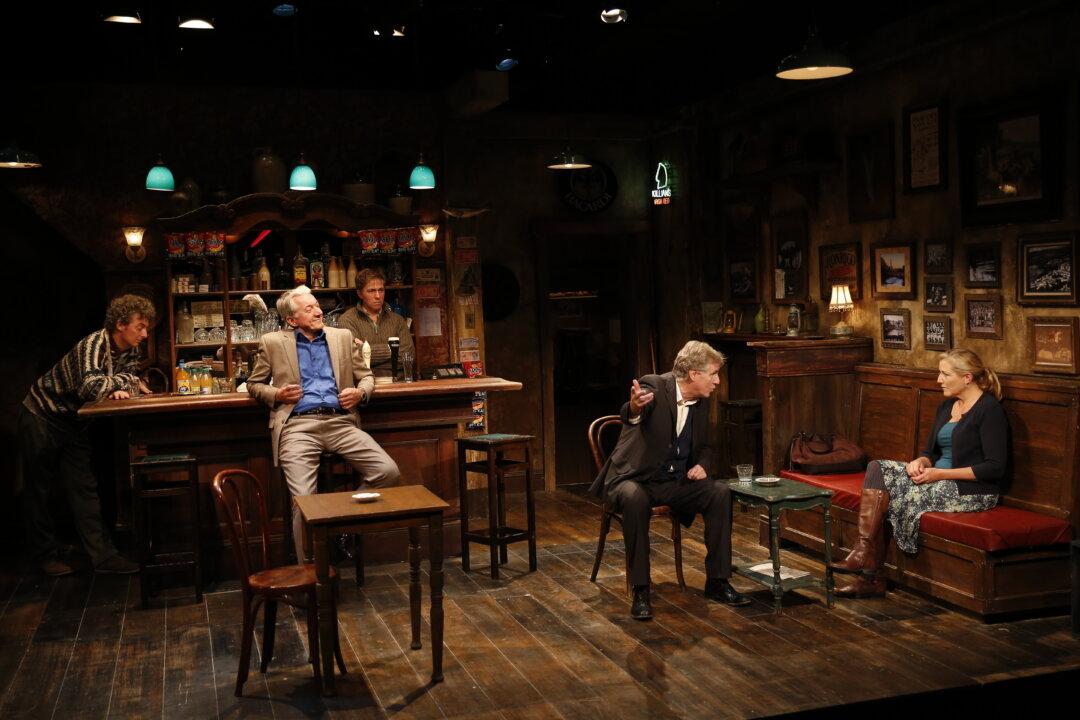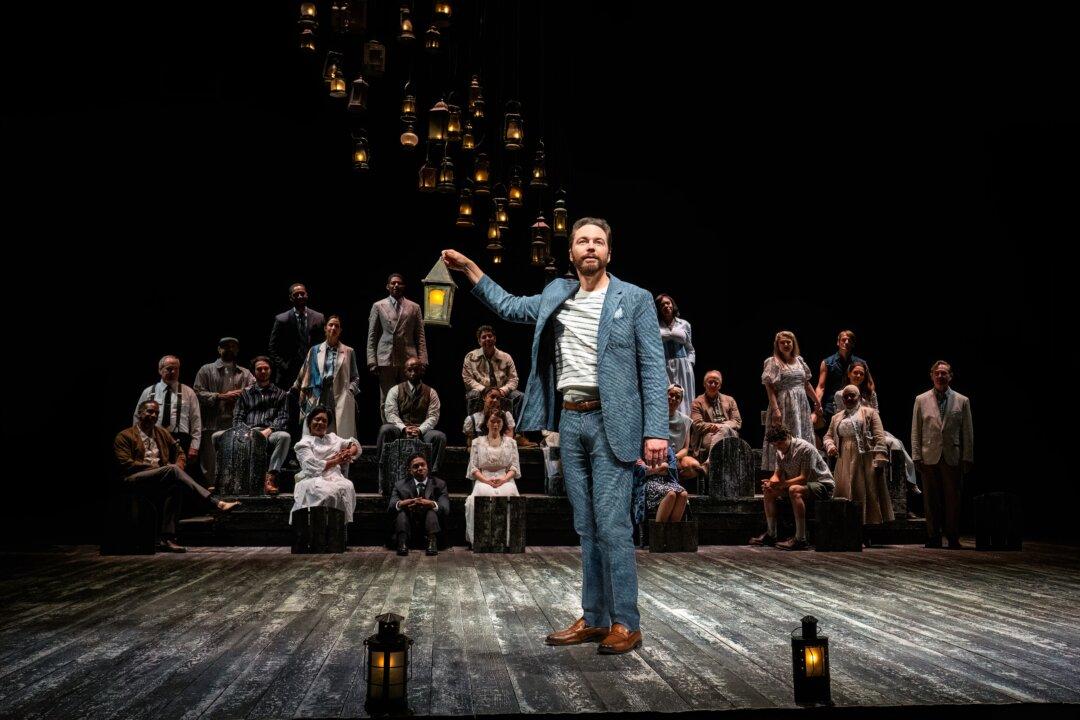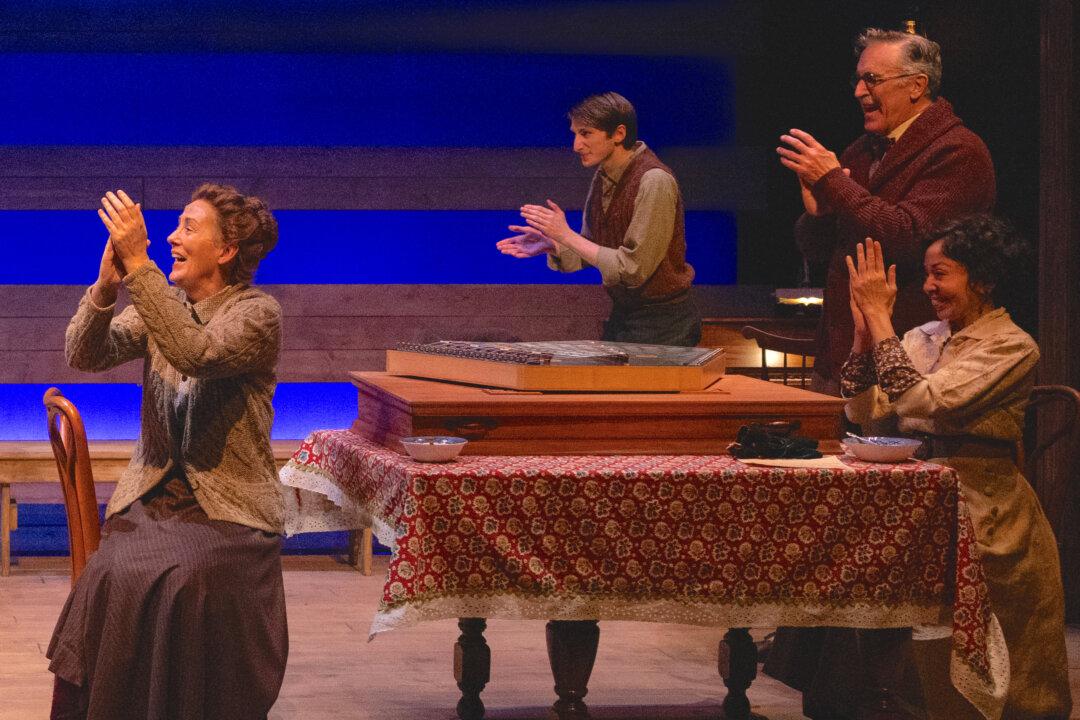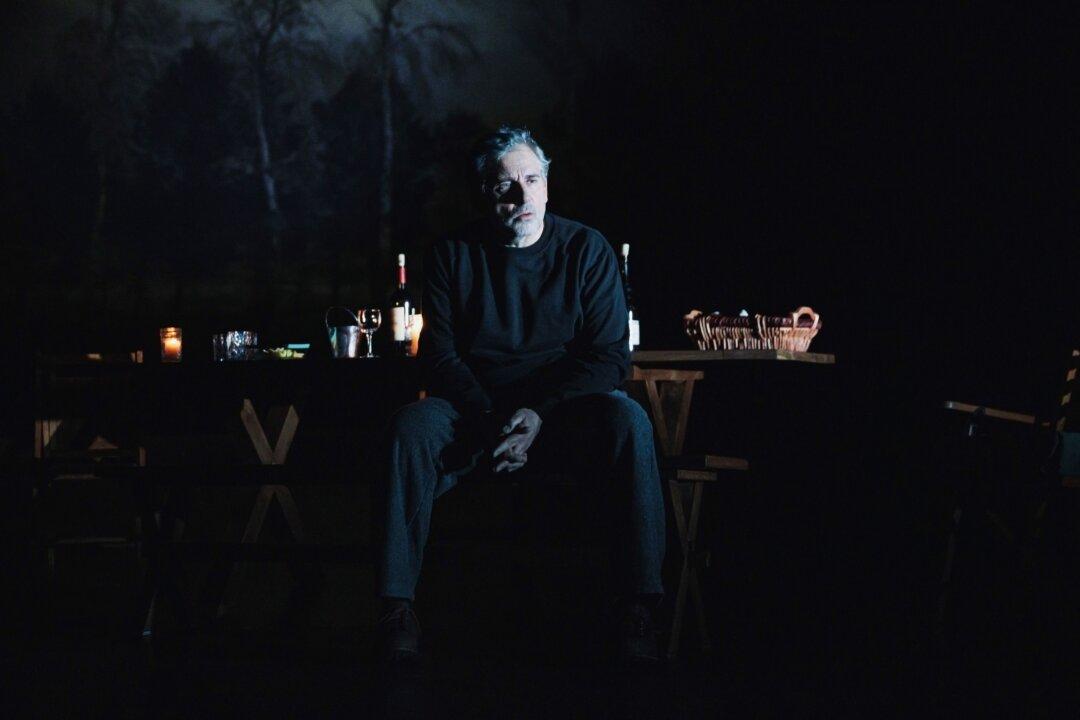NEW YORK—A pinch of tenderness, a morsel of warmth, a hint of spice, all combine to fuse into a delicious theatrical stew—a mix of contradictory, wholly human, experiences. Such is my take on the Irish Repertory Theatre’s current revival of Conor McPherson’s “The Weir.”
Under Ciaran O'Reilly’s unobtrusive but minutely detailed direction, a country pub in a small town not far from Dublin comes to teem with life.
The pub is an informal meeting place for a group of neighbors who have known each other all their lives. Proprietor Brendan (Tim Ruddy) is setting things up behind the bar as Jack (Paul O'Brien) enters.
A country pub in a small town not far from Dublin comes to teem with life.





